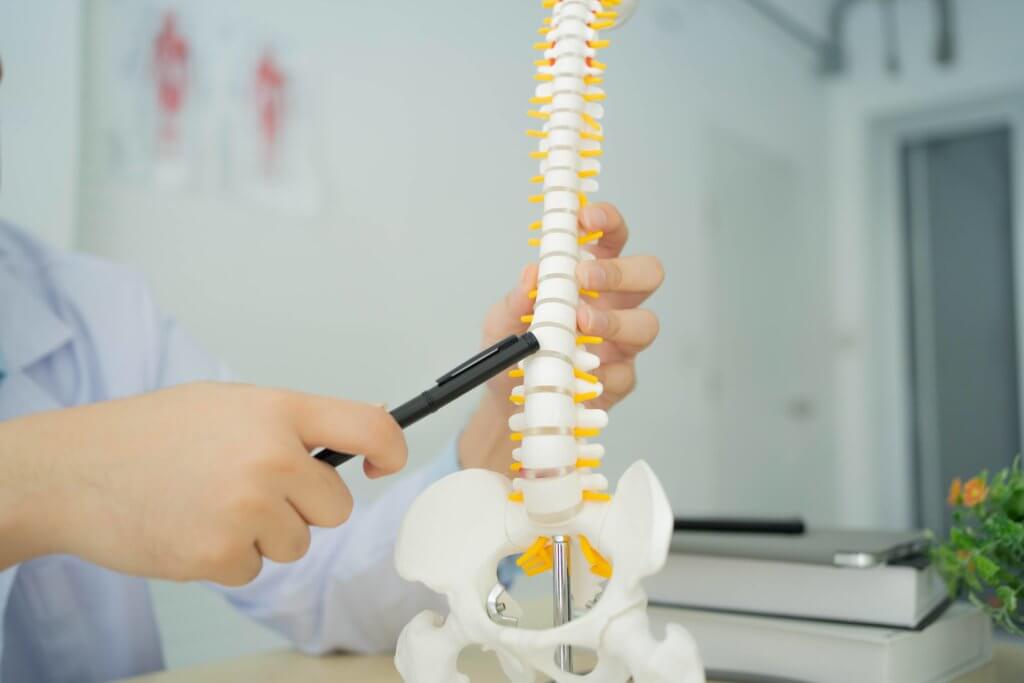Spine Surgery Types to Correct Herniated Discs and More
When you have a spinal injury or chronic back pain, surgery may be the most effective treatment option to reduce your discomfort and improve your quality of life. Typically only recommended after other, more conservative treatments have failed, different spine surgery types can help with conditions ranging from arthritis and herniated discs to scoliosis and damage due to trauma.
The team at South Island Orthopedics includes board-certified orthopedic surgeons experienced in the most common spine surgery types and methods, including minimally-invasive procedures. Our patients have access to some of the most advanced surgical techniques and facilities in the area and a team of professionals committed to supporting them from diagnosis to recovery.
Because every patient is different, we offer a wide range of surgical procedures.
Spine Surgery Types at South Island Orthopedics
The team at SIO includes Dr. Franklin Lee, who specializes in neck and back procedures, including robot-assisted and minimally invasive spine surgery. Depending on your specific condition, you may undergo one of the following types of spine surgery:
Laminectomy/Spinal Decompression
Most commonly associated with aging, spinal stenosis causes the spinal canal to narrow and put excess pressure on the spinal cord and nerves that run down the spine. Other conditions, like arthritis and osteoporosis, can also contribute to this condition, which causes pain, numbness, weakness. Eventually, as stenosis worsens, it can affect mobility, bowel and bladder function, and more.
A spinal laminectomy or spinal decompression is a minimally invasive spine surgery designed to alleviate the pressure on the nerve by removing the bony walls of the vertebrae and any bone spurs that contribute to the narrowing.
Discectomy
Often performed in conjunction with a laminectomy or decompression, a discectomy removes a damaged or herniated spinal disk that puts pressure on the spinal cord or nerves.
Herniated discs, also referred to as bulging or slipped discs, can occur due to age or a sudden injury. Discs are flexible, rubbery cushions that serve as shock absorbers between vertebrae and are held in place by ligaments. If those ligaments become loose or the disc’s outer layer (called the annulus) is weakened, the fluid inside the disc (the nucleus) can push the disc out, causing a bulge that puts pressure on the nearby nerves. In extreme cases, the disc can rupture, allowing fluid to leak out.
Herniated or ruptured discs cannot be repaired, but many people find relief from the pain with physical therapy, medication, or other non-invasive treatments. However, a discectomy to remove the damaged disc may be necessary to reduce pain and restore mobility.
Spinal Fusion
A discectomy may also involve another spine surgery type, a spinal fusion. The damaged disc is removed in these procedures, and the two adjacent vertebrae are fused with bone grafts or a device secured by metal screws. Compared to other procedures, the spine surgery recovery time for a fusion is significantly longer because the vertebrae need time to fuse fully. Even after recovery, patients experience reduced spinal flexibility and mobility.
Disc Replacement
An alternative to spinal fusion, a disc replacement involves a discectomy to remove a severely damaged disc, which is then replaced by a synthetic disc. Back surgery recovery time isn’t quite as long as for a fusion, and there isn’t as much lost mobility with this option. Replacing the disc also prevents the loss of height that a fusion can cause.
Vertebroplasty and Kyphoplasty
Osteoporosis can cause small compression fractures in the spinal vertebrae, increasing the risk of a more serious spinal injury. These spine surgery types involve injecting a type of bone cement, similar to glue, to restore bone strength.
What to Expect from Back Surgery at South Island Orthopedics
 When you choose SIO for your spinal surgery, you can expect the highest level of care and expertise from the moment you make your first appointment through your entire recovery period. In addition to partnerships with local surgical centers and hospitals that allow you to receive treatment close to home, you can expect:
When you choose SIO for your spinal surgery, you can expect the highest level of care and expertise from the moment you make your first appointment through your entire recovery period. In addition to partnerships with local surgical centers and hospitals that allow you to receive treatment close to home, you can expect:
- Advanced diagnostics, including X-rays, MRIs, and CT scans.
- Multidisciplinary pain management services, including medications and more.
- Clear, concise information regarding spine surgery costs, recovery time, and what to expect.
- Treatment by a team of experienced, fellowship-trained orthopedic surgeons committed to helping you return to doing the things you love.
Make an Appointment Today
If you are living with chronic back pain or have experienced a back injury, don’t wait to seek treatment. Schedule an appointment at one of SIO’s three convenient locations and get on track toward less pain.

